A Cut Above: Teddy Bridgewater & the 2014 QBs

What makes a “good” quarterback? Is the idea of being “good” measured by the number of touchdowns a quarterback throws? Is it measured by his passing yards? His completion percentage? Ask any fan, analyst, or sports journalist who the league’s best quarterbacks are, and you’ll get similar answers. Year after year, it’s Tom Brady, Ben Roethlisberger, Aaron Rodgers, Cam Newton, Carson Palmer, and so on and so forth. The list remains relatively the same each year, with a select few alternating at the top of the rankings season-to-season. But how do we determine what qualifies them to be considered the NFL’s best?
For some, it’s film study and hours spent breaking down game tape. For others, it’s the statistics and the deeper analytics. And for a select few, it’s the blind faith in one’s quarterback, the unwavering opinion that he is, of course, a “good” quarterback. We can all agree that the tried-and-true quarterbacks deserve to operate in a class of their own. Some have won multiple Super Bowls, some throw for 4,000-plus yards each year, and some win double-digit games each season. It’s easy to see when a quarterback just “gets it;” he intimately understands an offensive scheme, from where to throw the football pre-snap to how to adjust protections at the line of scrimmage.
Fans of teams with young signal callers, like the Jacksonville Jaguars, Oakland Raiders, and our very own Minnesota Vikings, would tell you that their respective quarterbacks are the “best of the class.” At times, Blake Bortles, Derek Carr, and Teddy Bridgewater display some of the same characteristics that make players like Brady and Brees so consistently effective. But for the most part, they make the mistakes you’d expect from young, inexperienced players, like missing the simple throws, forcing passes into coverage, or taking unnecessary sacks. The growing pains aren’t unexpected, but definitely frustrating in today’s world of instant gratification. As football fans, we expect immediate success from quarterbacks, when honestly, that’s rarely the case.
The three aforementioned quarterbacks have their own strengths and weakness. Bortles makes two or three throws per game that few quarterbacks can make, but also makes two or three terrible decisions that can decide games. Carr makes the most of his talented receiving corps, putting the ball in the perfect spot to create YAC opportunities for players like Amari Cooper and Michael Crabtree. Occasionally, though, he’ll drop his eyes against the rush, forget to plant his feet, and chuck passes just begging to be intercepted.
Then there’s Teddy, he of the skinny legs and average arm. Unlike his counterparts, Teddy doesn’t posses an “elite” arm, doesn’t make every “NFL throw” with the same zip, and rarely produces the “wow” highlights through the air (though he does surprise many with his underrated running ability). I’ve spent this season watching all of Teddy Bridgewater’s 428 passes, from the terrible first quarter interception against the San Diego Chargers to the beauty of a touchdown throw to Kyle Rudolph last Sunday. Like other fans, I’ve watched him take sack after sack and throw incompletion after incompletion.
[pull_quote_center]What have I learned? Teddy is “good.”[/pull_quote_center]
Clearly, to call a quarterback “good” is subjective, as my definition may be different than say, the definition coming from an Oakland Raiders fan. Maybe I put more emphasis on a quarterback’s win-loss record than I do the number of touchdown’s he’s thrown. Or maybe, I place greater importance on a quarterback’s ability to avoid costly mistakes than score garbage-time touchdowns. Whatever the case may be, Bortles, Carr, and Bridgewater all have the chance to be successful, long-term quarterbacks in the NFL. But if you were to ask me to choose one quarterback, right now, the answer would be simple — give me Teddy Bridgewater.
Why? To start, he’s a playoff quarterback, and he’s at the center of winning football team. As Bucky Brooks wrote last week on NFL.com, Bridgewater “has the best record (16-11) of any quarterback in the 2014 NFL Draft class” and has “guided the Vikings to the top of the NFC North while displaying the management skills and football IQ of a veteran.” Thanks in large part to the presence of Adrian Peterson, who leads the league in rushing this season, Bridgewater has been asked to manage the game in Norv Turner’s offense. It’s not a crime to call Bridgewater a “game manager” or “complementary piece” when that’s exactly what he’s been. Brooks writes: “Although the workmanlike approach fails to produce spectacular highlights, it has helped him complete over 65 percent of his passes and compile a 90.6 passer rating as the director of a conservative offense that places a premium on the running game and ball security.”
While Bortles and Carr operate out of what Brooks calls “wide-open offenses,” Bridgewater is often a second option to Peterson and Turner’s power running game. According to Sporting Charts, the Vikings run the ball 50.68 percent of the time, which is the third-highest ratio in the league. The Raiders (38.32 percent) and Jaguars (37.16 percent) are 25th and 27th respectively, asking Carr and Bortles to run the offenses with their arms. A look at the individual stats reveals a similar disparity, as Bridgewater has attempted far fewer throws than either quarterback; 428 for Teddy to 540 and 574 for Carr and Bortles.
Despite the conservative nature of his game and the scheme he’s asked to run, Bridgewater is still finding ways to create impactful plays in the passing game. He’s averaging 7.32 yards per attempt this season, which is higher than either Carr or Bortles. In addition, his completion percentage and interception rate are both better than his peers, most likely boosted by his solid stretch of play in recent weeks. As ESPN’s Ben Goessling writes, “in the Vikings’ past three games, Bridgewater has completed 70.4 percent of his passes, averaging 9.06 yards per attempt and throwing for six touchdowns without an interception.”
Since Week 14 of this season, Bridgewater’s passer rating of 123.2 puts him just behind Kirk Cousins in that same span. Brooks writes that his numbers, most notably his ability to protect the football and consistently hit receivers, “speak volumes about his efficiency as a passer from the pocket.” The Vikings’ backup quarterback and NFL veteran, Shaun Hill, had similar comments about the team’s second-year quarterback:
[quote_box_center]”Teddy has had a good year,” Hill said, per the Vikings’ official website. “I know that everybody wants to just look at stats on paper and things like that and try to compare guys, and compare guys in his age group and all those things. But the fact of the matter is he’s doing what he’s asked to do to get wins for this team and he’s done a great job of that.”[/quote_box_center]
Many people argue that “quarterback wins” aren’t real, but the importance of a quarterback can’t be understated. As Brooks wrote this offseason, “the quarterback is the team’s biggest decision-maker.” His ability to make “timely plays” and “manage the game efficiently” can mean the difference between a win and a loss.
And that’s what Teddy’s been so effective doing all season. Rarely does he put the Vikings in positions to lose games. Rather, he finds ways to avoid sacks, limit turnovers, and convert on third downs. According to ESPN, Bridgewater has been at his best on third down this season. He’s thrown seven touchdowns, rushed for two more, and compiled a 103.2 rating on third down. Adding to that, he’s thrown just eight interceptions this season and is the Vikings’ first 3,000-yard passer since Brett Favre in 2009. Save for the game-clinching fumbles against the Broncos and Cardinals, Bridgewater has been careful to protect the football and keep the Vikings competitive.
The film doesn’t lie, either. Carr and Bortles will always have the flashier game tape, but rarely will theirs be as consistent as Bridgewater’s. You’ve seen most of Bridgewater’s best throws this year, but three from the Vikings’ last three games really stood out to me. Not so much for their “wow” moments, but for the decision-making and poise it took to complete them.
The Patience (Chicago Bears, Week 15)
Remember Christian Ponder’s failed attempts to roll left and throw across his body? It was a classic Bill Musgrave play that haunted Vikings fans fan everywhere. And yet, Turner is asking Bridgewater to do the same thing, without the nightmare results. It’s a clever play design that gets the defense flowing one way and Jarius Wright, who beats the man-to-man coverage, flying the other. The play only works because the defense is keyed in on stopping Peterson. At the snap, Bridgewater fakes a stretch run to the right, but pulls the football to “boot,” or run to his left.
Wright, lined up in a minus-split as the slot receiver, sprints to the opposite side of the field at the snap. His movement mirror’s Bridgewater’s, creating a rhythm throw for the young quarterback. However, Chicago Bears defensive end Willie Young recognizes the play, flowing backside to cut off Bridgewater’s attempt. Earlier in the season, Bridgewater may have overthrown Wright, hurled the pass out of bounds, or tried to run in the face of the impending pressure. Having learned from previous lessons, he waits until fully turning his hips to throw, delivering a pass with just enough loft and touch to reach Wright.
The pass doesn’t result in a first down, but it’s a prime example of Bridgewater’s patience and understanding as the manager of the offense. He could’ve pulled a “Ponder” and sprinted to the sideline, but Bridgewater recognized Wright’s advantage in man-to-man coverage and made a play with his arm. It’s a throw Bridgewater missed many times earlier in the season, and seeing him make it now is a sign of his growth in Year Two.
The Poise (Arizona Cardinals, Week 14)
In a game the Vikings were supposed to lose, against one of the league’s best secondaries, Bridgewater played one of his best games of 2015. With just 29 seconds left in the game and a chance to tie or win the game, Bridgewater attempted a last-minute drive down the field. Although it ended in a sack-fumble, the drive gave fans a glimpse into Bridgewater’s renowned poise.
Known as “Teddy Two Gloves” before he even entered the league, Bridgewater has a penchant for orchestrating comebacks. According to Scott Kacsmar, he’s successfully completed five fourth quarter comebacks and game-winning drives in his career. This particular game wasn’t so successful, but encouraging nonetheless. Despite a collapsing pocket and no intermediate options, Bridgewater kept his eyes downfield and found Wright to put the Vikings in field goal range. Add to that the fact that the Vikings had no remaining timeouts, and this may have been the most important completion of the game.
Coaches at all levels talk about “situational football, which SB Nation describes as follows: “Players knowing what to do and executing in the red zone, the two-minute drill, goal line play, short-yardage, backed up near their own goal line, or when there is a sudden change of possession.” In the example above, Bridgewater shows the poise to execute sound situational football in the face of seemingly insurmountable odds. He doesn’t win the game, but he comes close — a moral victory of sorts for those cheering on Bridgewater from home.
The Playmaking (New York Giants, Week 16)
Teddy’s been sacked 41 times this season, twice more than he was his rookie year. If not for his elusiveness and uncanny pocket presence, that number may be higher. The Vikings are operating with an inexperienced offensive line, including rookie right tackle T.J. Clemmings and transplanted left guard Brandon Fusco. Their inexperience has shown, as many of Bridgewater’s sacks have come as the result of mental lapses and blown blocking assignments.
Here, Matt Asiata collapses in pass protection, allowing the blitzing middle linebacker to force Bridgewater out of the pocket. As Bridgewater escapes to his right, Clemmings is beat by a stunting defensive tackle. The tackle flies toward Bridgewater, but is left empty-handed once the quarterback releases the ball. Bridgewater shows excellent initial movement to feel the pressure and move to his right. What’s even more impressive is his ability to (again) keep his eyes up and down the field. He finds Rudolph streaking across the field and hits the lumbering tight end for a first down. Noticeably more assertive, Bridgewater opts to take a shot past ten yards rather than throwing the ball away.
Carr and Bortles have made similar plays all season long. I’m not including them, and not because I don’t respect them as quarterbacks. They’re fine signal callers in their own right, but they’re not Teddy.
Those mistakes I mentioned earlier in the piece? Those head-scratching decisions and throws? Carr and Bortles make them far more often than Bridgewater. Take the play below, for example. It’s Carr’s fourth pass of the game against the Green Bay Packers in Week 15:
What’s happening here? The Raiders appear to run a four-verticals concept, which plays right into the hands of Green Bay’s Cover 2 defense. The inside receivers are running routes against man-to-man coverage, and Carr seems to lock onto his tight end, Clive Walford. I’d guess this because his head never moves and Walford has a clear height advantage over the defender, Micah Hyde. Carr predetermines the pass, gives one lazy pump fake, never sets his feet, and underthrows Walford, leading to an easy interception for Hyde. Sure, Bridgewater’s underthrown a few passes, but never with such poor technique and telegraphing.
As for Bortles, he suffers from many of the same issues. With his arm talent and throwing ability, Bortles relies more on his athleticism than decision-making to execute. When it works, it’s fantastic, but when it doesn’t, it’s disastrous. It’s part of the reason Bortles is “tied for third in the NFL in interceptions and tied for second in fumbles among quarterbacks,” per Sporting News. And on the play below, we see a case of Bortles overestimating his accuracy and ability to throw on the run.
Like Carr, Bortles never set his feet. He rolls to his right, but rushes through the process, delivering what looks more like a fastball than a precise football throw. The Saints are playing man coverage on the outside, but Bortles still forces the pass to his receiver, Allen Robinson. A quick look at the clock reveals the worst part of this play; Bortles’ situational awareness. Down 21 points, in his own territory, and on first down, he hands the ball right back to New Orleans with a head-scratching pass.
I won’t pretend to ignore Teddy’s similar mishaps. He threw an interception right before halftime against the Bears in Week 8. He fumbled the ball against the Broncos and Cardinals, losing twice on the Vikings’ final play from scrimmage. He hasn’t been perfect by any stretch of the imagination, but he’s improved as the season’s gone on. Those same mistakes he made earlier in the year? All but gone. As for Carr and Bortles, they’re still a problem, despite the record-breaking statistics and numbers.
The season is coming to an end, and the questions surrounding Bridgewater have quieted in recent weeks. He’s proving, slowly but surely, that “good” quarterbacks take time to develop. He may not have the strongest arm or the most electric skill set, but Bridgewater has all the tools he needs to be successful with the Vikings. His peers, Carr and Bortles, are “good” quarterbacks in their own right, but they’re not Teddy, and they’re not playing postseason football this year. Give me Teddy’s poise, maturity, decision-making, and wins over a handful of franchise records and losing records; I’ll be happy for many years to come.

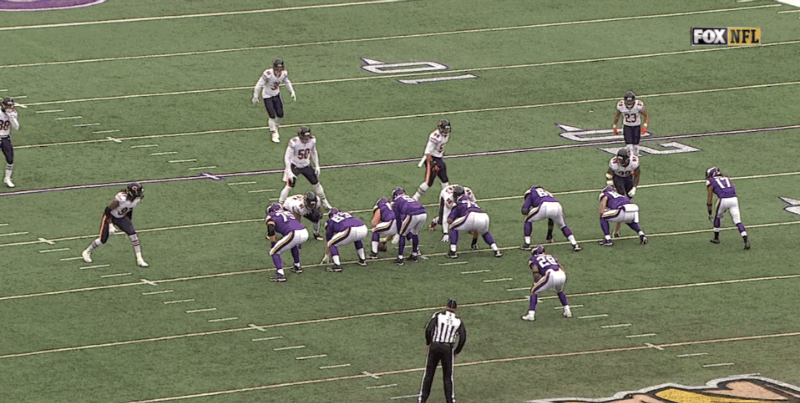
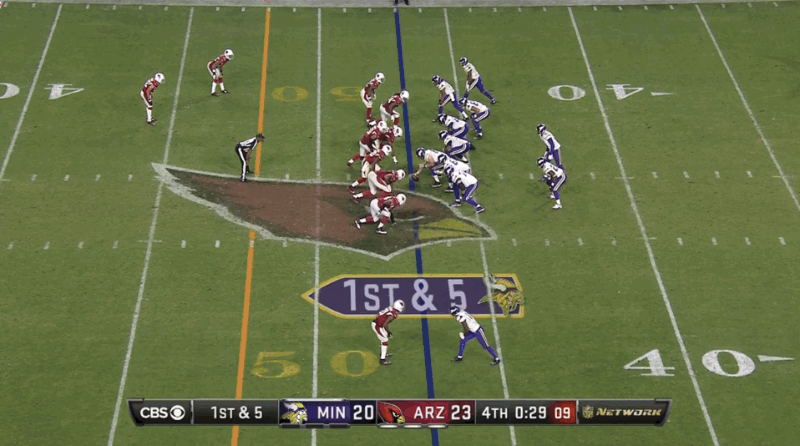
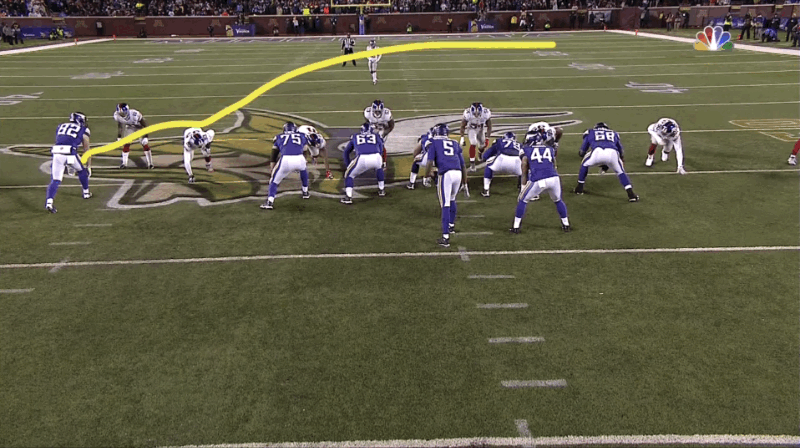
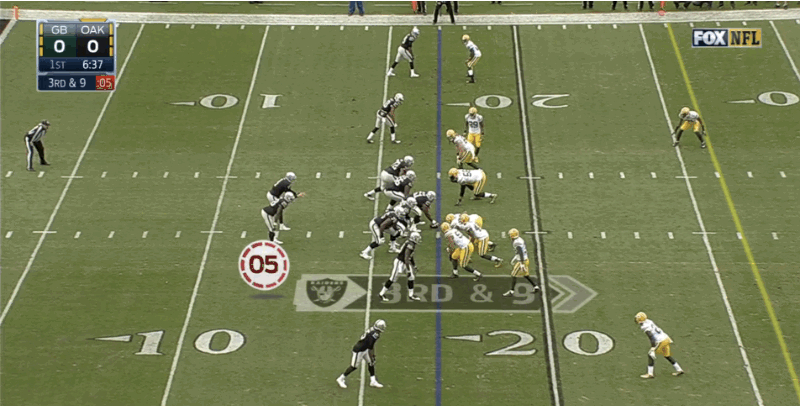
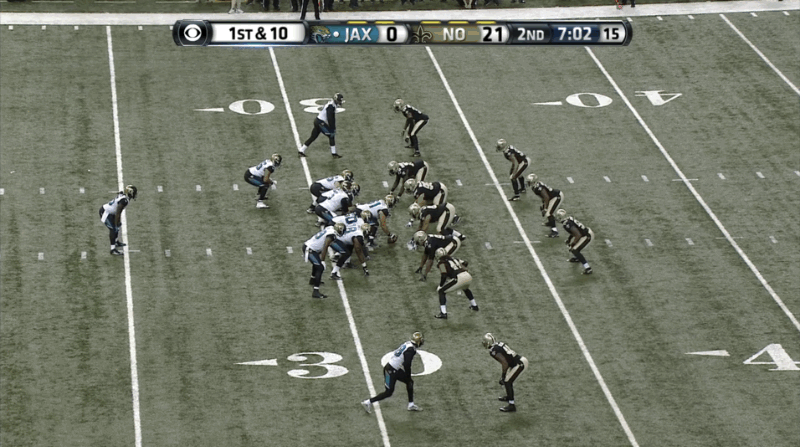
You must be logged in to post a comment.